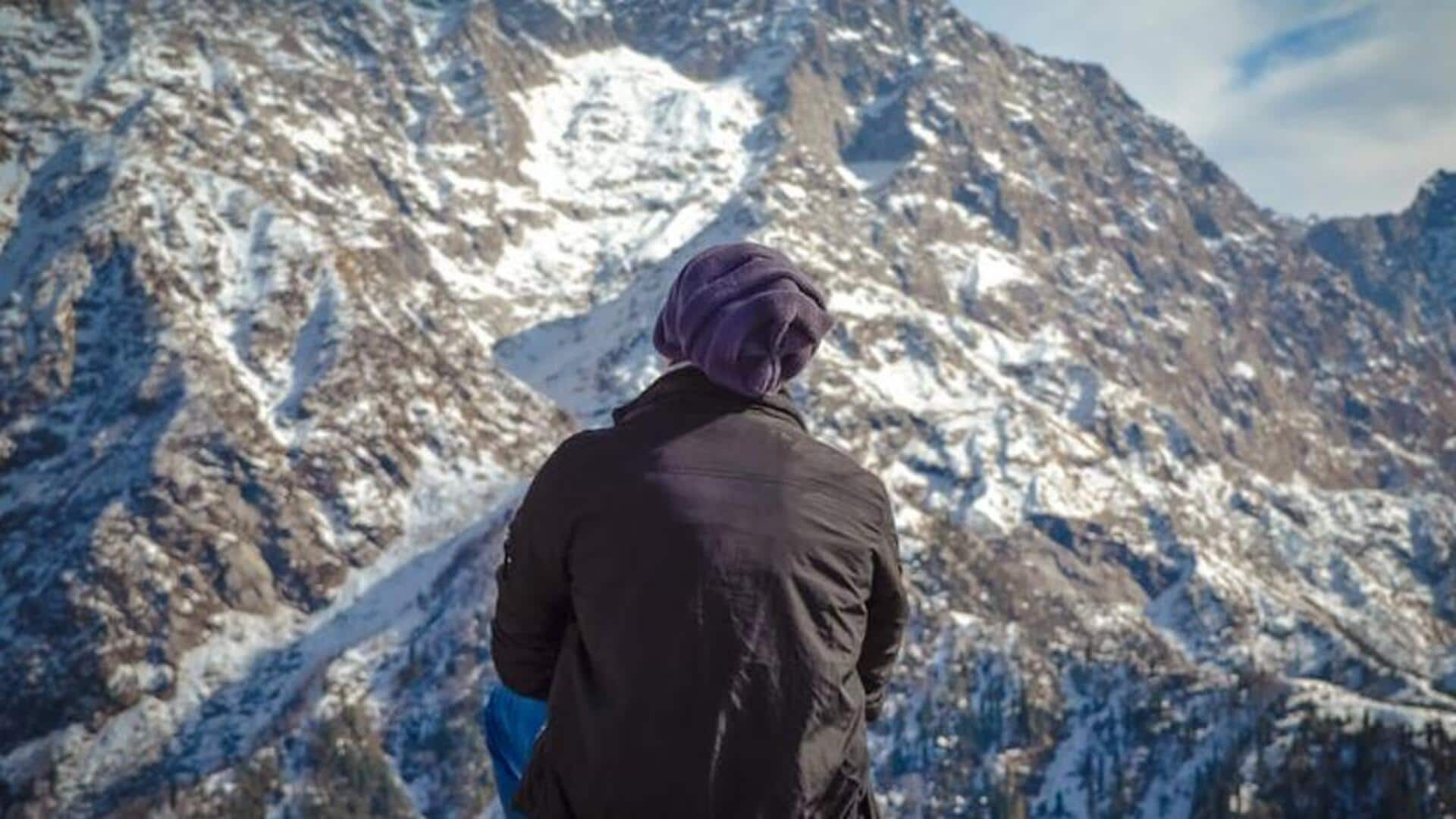
Living bridges: Trekking India's root masterpieces
What's the story
India's Northeast is home to the iconic living root bridges, found mainly in the thick jungles of Meghalaya. These marvels are created by training the aerial roots of Rubber Fig Trees across rivers. Over time, these roots grow and thicken, forming sturdy bridges that harmoniously blend with the environment. This article details how intrepid travelers can now directly witness these wonders of nature.
Getting there
Discovering Meghalaya's natural architecture
To visit the living root bridges, most trips start from Shillong, the capital of Meghalaya. It is a two to three-hour drive from Shillong to Cherrapunji or Nongriat, the starting points for treks to the bridges. Given that public transport is scarce in this region, hiring a private car for approximately ₹2,500 per day is advised for convenience and flexibility.
Gear up
Preparing for your trek
The trek to the living root bridges is challenging with steep descents and uneven surfaces, so strong hiking boots are essential for safety. Since Meghalaya is one of the wettest places on Earth, make sure you carry waterproof equipment and wear quick-drying clothes. Carry plenty of water and snacks with you, as there are limited facilities available on most routes.
Respectful interaction
Embracing local culture and etiquette
As you navigate the villages surrounding the living root bridges, remember to treat the local communities with respect and kindness. Always seek consent before capturing photos of individuals or venturing into private properties. Villagers often rely on selling handicrafts or providing guided tours to earn a living. By supporting their efforts, you not only enhance your own experience but also make a positive impact on the local economy.
Double Decker
The Double Decker Root Bridge Challenge
The most iconic living root bridges is the Double Decker Root Bridge, located in the remote village of Nongriat. Reaching this architectural marvel requires a descent of approximately 3,500 steps into the valley. It is not for the faint-hearted but worth every step. The bridge itself stretches over 30 meters and is suspended 70 feet above a river, presenting a spectacular sight amongst the surrounding lush greenery.
Leave No Trace
Tips for sustainable trekking
When exploring these natural wonders, please follow sustainable trekking practices. This means packing out all trash you bring in, including plastic bottles and food wrappers. Also, please stay on marked trails. Wandering off the beaten path harms plant life and contributes to erosion, which is dangerous for you and damaging to these fragile ecosystems.